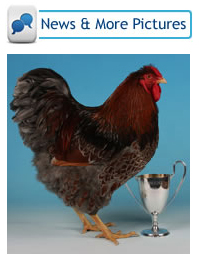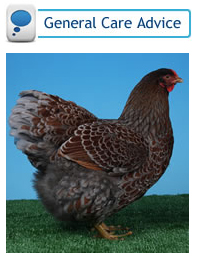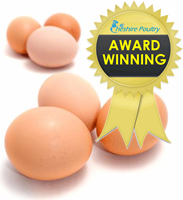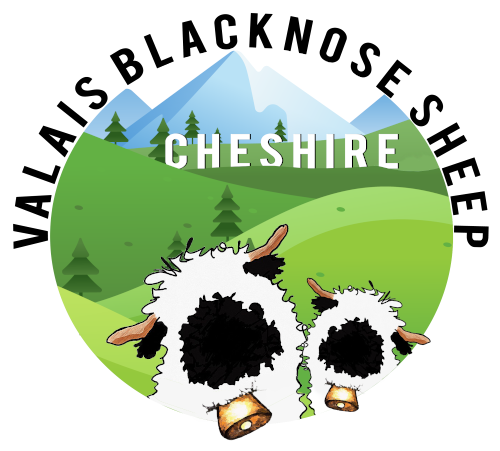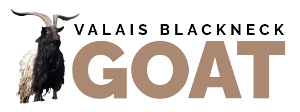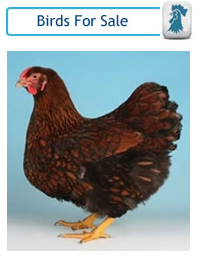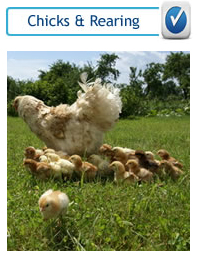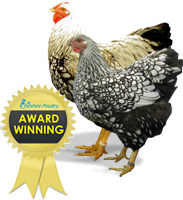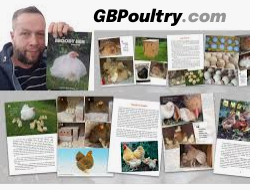Chocolate Silkie (Large Fowl)
Chocolate Silkie (Large Fowl) Breed Information
We are a member of the Silkie Club of Great Britain and keep abreast of all the latest news regarding this breed. This helps us maintain our high standards and great show results with this breed. You can also become a member of this club for under £10 per year. By joining you will receive an annual newsletter and year book. You will also receive a Rules and Standard for breeding quality Silkies, a members list, history of the breed information and this way you will be helping to encourage and improve the breeding of Silkies for exhibition and utility purposes as well as having access to assistance from expert breeders. The club will keep you posted with all the latest information and show results regarding this breed. For more information on how to join contact us.
Please look here for Lots More Pictures of our show standard chickens and check out my You Tube Channel to watch some Poultry breeds videos.
Chocolate Silkie (Large Fowl) Breed Characteristics
Origin: Eastern Asia, (China, Java, India or Japan). Their ancestry is unknown but they are believed to be the ‘furry chickens’ referred to by Marco Polo in his book ‘The Travels’ wrote in 1599.
Classification: Light: Soft feather Egg Colour: Tinted or cream
General Characteristics: Male
Carriage: Stylish, compact and lively.
Type: Body is broad and stout looking. Back short, saddle silky and rising to the tail, stern broad and abundantly covered with fine fluff, saddle hackles soft, abundant and flowing. Breast broad and full. Shoulders stout, square, and fairly covered with neck hackles. Wings are soft and fluffy at the shoulders, ends of the flights are ragged and ‘osprey plumage’ (i.e. some strands of the flight hanging loosely downward). Tail short and very ragged at the end of the harder feathers of the tail proper. It should not be flowing for forming a short round curve.
Head: Short and neat, with a good crest, soft and full, as upright as the comb will permit, and having half a dozen to a dozen soft, silky feather streaming gracefully backwards from the lower back part of the crest to a length of around 1½ inches (3.75cm). The crest proper should not show any hardness of feather. Beak short and broad at the base. Eyes are brilliant black and not too prominent. Comb almost circular in shape, preferably broader than long and with a number of small prominences over it and having a slight indentation or furrow transversely across the middle. The face is smooth. Ear-lobes are more oval than round. Wattles concave, nearly semi-circular, not long or pendant.
Neck: Short or medium length, broad and full at base with the hackle being abundant and flowing. Legs & Feet: Free from scaliness. Thighs are wide apart and legs are short. No hard feathers on the hocks but a profusion of soft silky plumage is admissible. Thighs covered with abundant fluff. The feathers on the legs should be moderate in quantity. Five toes all feathered with soft feathers.
Plumage: Very silky and fluffy with a profusion of hair-like feathers.
General Characteristics: Female – Saddle broad and well cushioned with the silkiest of plumage which should nearly smother the small tail. The ragged ends alone protruding from the tail and inclined to be ‘Cochiny’ in appearance. The legs are particularly short in the female and the underfluff and thigh fluff should nearly meet the ground. The head crest is short and neat, like a powder puff with no hard feathers, nor should the eye be hidden by the crest, which should stand up and out, not split by the comb. Ear-lobes small and roundish. Wattles are either absent or very small and oval in shape. Comb is small. Other characteristics are similar to those of the male, except for other natural sexual differences.
Colour: Chocolate brown all over. The beak should be brownish. Eyes are black. Comb, face and wattles are mulberry. Ear-lobes are turquoise blue or mulberry with turquoise being preferred. Legs and feet lead. Nails are blue-white and the skin is mulberry.
Weight: Large Fowl
Male: Not less than 4 lb (1.81kg) Female: Not less than 3 lb (1.36kg)
What Our Customers Say About Our Chocolate Silkie (Large Fowl)
“Marvellous fertility – have also had chocolate silkie with the same results and lovely birds hatched.”
Rachel Allison
“Thank you very much for your excellent service. My order of silkie hatching eggs arrived in perfect condition through the post and are now under the watchful eye of a broody white silkie called Harry! I will let you know how it goes.”
Graham




